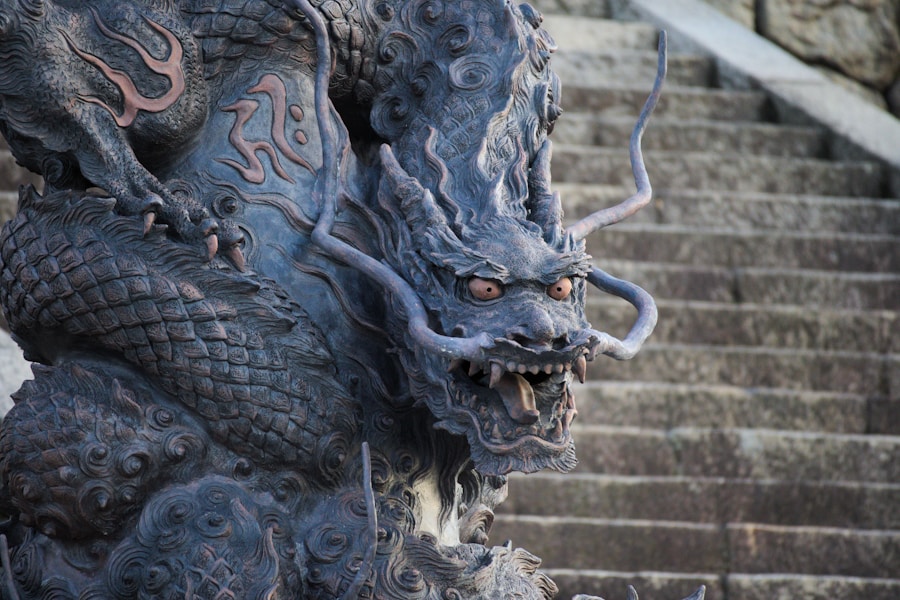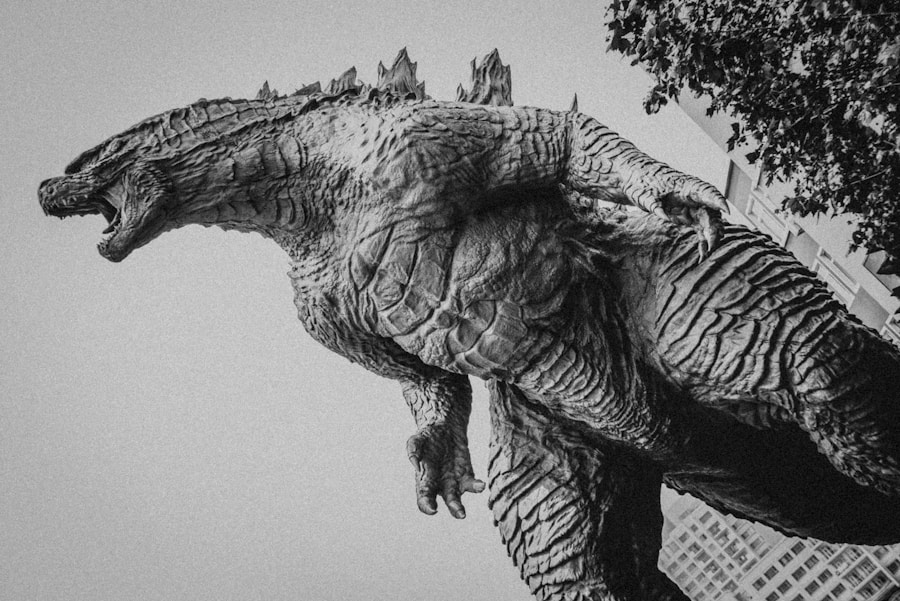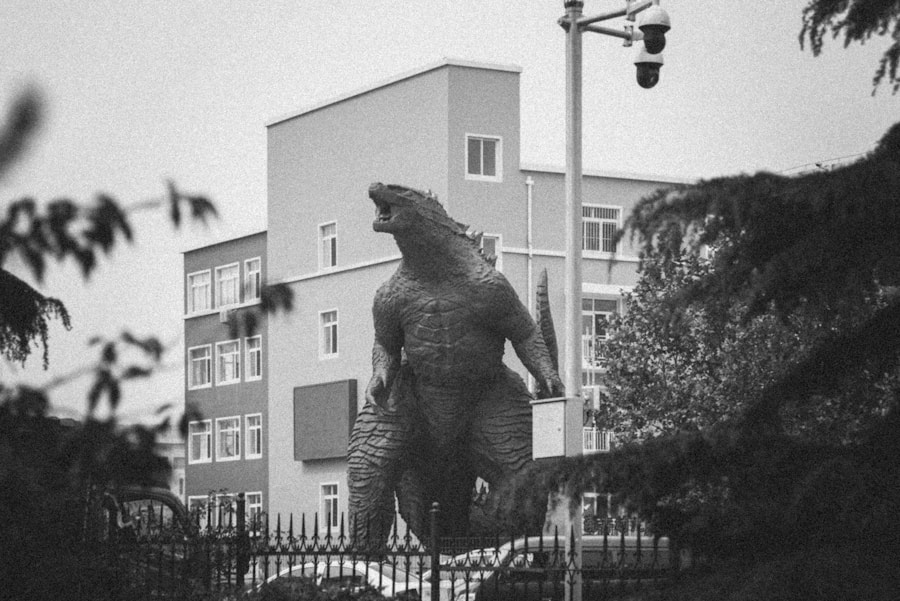Godzilla, the iconic kaiju, has undergone a remarkable transformation since his debut in 1954. Initially conceived as a metaphor for the horrors of nuclear warfare, this towering creature has evolved into a multifaceted symbol that reflects societal fears, cultural shifts, and cinematic trends. As you delve into the evolution of Godzilla, you will discover how various directors have shaped his narrative and visual representation over the decades.
Each filmmaker has brought their unique perspective, contributing to the monster’s enduring legacy and relevance in popular culture. This journey through Godzilla’s cinematic history reveals not only the evolution of a character but also the changing landscape of film itself. From his origins in post-war Japan to his status as a global icon, Godzilla’s evolution mirrors the complexities of human experience.
You will see how each director has navigated the delicate balance between spectacle and substance, crafting stories that resonate with audiences while showcasing the awe-inspiring power of this legendary creature. As we explore the contributions of various filmmakers, you will gain insight into how Godzilla has become a canvas for exploring themes of destruction, resilience, and humanity’s relationship with nature.
Key Takeaways
- Godzilla has evolved over the years, with different directors bringing their own vision to the iconic monster.
- Ishirō Honda’s original tone set the stage for Godzilla as a symbol of nuclear destruction and a force of nature.
- Roland Emmerich’s shift to action-packed films brought a new perspective to Godzilla, focusing on spectacle and entertainment.
- Gareth Edwards’ vision returned Godzilla to its roots, emphasizing the monster’s power and impact on humanity.
- Michael Dougherty embraced the monster’s legacy, creating a film that honored Godzilla’s history and significance.
The Original Tone: Ishirō Honda’s Influence
The Socio-Political Climate of Post-War Japan
Honda’s approach was deeply rooted in the socio-political climate of post-war Japan, where the scars of World War II and the atomic bombings were still fresh in collective memory. You can sense the weight of this historical context in every frame, as Godzilla emerges not just as a monster but as a harbinger of humanity’s self-destructive tendencies.
A Somber Tone with Profound Resonance
Honda’s storytelling was marked by a somber tone that emphasized the tragic consequences of human actions. The film’s haunting imagery and poignant themes resonate with viewers on a profound level.
A Lasting Influence on the Godzilla Franchise
You will find that Honda’s ability to blend horror with social commentary set a precedent for future iterations of Godzilla. His influence is evident in how subsequent filmmakers have grappled with the duality of Godzilla as both a destructive force and a reflection of human fears. This foundational tone established Godzilla not merely as a monster but as a complex character with deep-rooted significance.
The Shift to Action: Roland Emmerich’s Impact

As the years progressed, Godzilla’s portrayal began to shift dramatically, particularly with Roland Emmerich’s 1998 adaptation. This version marked a departure from Honda’s somber tone, opting instead for a more action-oriented spectacle. Emmerich’s film embraced Hollywood’s blockbuster mentality, prioritizing thrilling visuals and high-octane sequences over the nuanced storytelling that characterized earlier iterations.
You may find this shift both exhilarating and jarring, as it redefined Godzilla for a new generation. In Emmerich’s vision, Godzilla became less of a symbol and more of an action hero, engaging in epic battles against military forces and other creatures. While this approach garnered mixed reviews, it undeniably expanded Godzilla’s appeal to mainstream audiences.
You might appreciate how Emmerich’s film introduced a new level of excitement and entertainment, paving the way for future adaptations that would continue to explore different facets of the character. However, it also sparked debates about the essence of Godzilla and whether he could retain his original significance amidst the spectacle.
Returning to the Roots: Gareth Edwards’ Vision
| Metrics | Data |
|---|---|
| Release Date | May 16, 2014 |
| Director | Gareth Edwards |
| Box Office Revenue | 529 million |
| IMDb Rating | 6.4/10 |
| Rotten Tomatoes Score | 74% |
In 2014, Gareth Edwards took on the monumental task of revitalizing Godzilla for a contemporary audience while paying homage to his roots. Edwards’ film sought to strike a balance between thrilling action and the thematic depth that characterized Honda’s original vision. You will notice how Edwards approached Godzilla with reverence, emphasizing the creature’s role as a force of nature rather than merely a destructive entity.
This return to form resonated with fans who longed for a more authentic representation of the iconic monster. Edwards’ direction is marked by a sense of scale and awe that captures the enormity of Godzilla’s presence. You can feel the tension build as he masterfully crafts scenes that evoke both fear and admiration for the creature.
By focusing on human characters grappling with their own struggles against the backdrop of Godzilla’s emergence, Edwards successfully reintroduced the emotional weight that had been somewhat lost in previous adaptations. This film not only reignited interest in Godzilla but also reaffirmed his status as a complex symbol reflecting humanity’s relationship with nature and its consequences.
Embracing the Monster: Michael Dougherty’s Approach
Michael Dougherty took the reins for “Godzilla: King of the Monsters” in 2019, further expanding on Edwards’ foundation while embracing the monster mythology that had developed over decades. Dougherty’s approach was characterized by an unabashed celebration of kaiju culture, bringing forth an ensemble of iconic monsters that fans had longed to see on screen. You will find that Dougherty skillfully balanced action-packed sequences with moments of introspection, allowing audiences to connect with both the monsters and their human counterparts.
In this installment, Dougherty delves deeper into themes of coexistence and environmentalism, positioning Godzilla as both protector and destroyer. You can appreciate how he weaves these themes into the narrative, prompting viewers to reflect on humanity’s impact on nature and the consequences of our actions. By embracing the monster mythology while maintaining emotional stakes, Dougherty successfully crafted a film that resonates with both longtime fans and newcomers alike.
His vision reinforces Godzilla’s status as a cultural icon while exploring relevant issues that continue to shape our world.
The Human Element: Hideaki Anno’s Influence

Humanizing the Story
Through Anno’s lens, Godzilla becomes a catalyst for exploring themes of bureaucracy, national identity, and resilience. The film’s portrayal of government officials struggling to respond effectively to the crisis reflects real-world challenges faced during disasters. You can sense Anno’s desire to provoke thought and discussion about societal structures and their effectiveness in times of crisis.
Adding Layers to the Narrative
This emphasis on human experience adds layers to Godzilla’s narrative, reminding viewers that even amidst chaos, it is our responses that define us.
Blending Cultures: Adam Wingard’s Direction
Adam Wingard’s “Godzilla vs. Kong” in 2021 marked another significant chapter in Godzilla’s evolution, blending cultures and cinematic styles in an unprecedented way. Wingard embraced the idea of kaiju as global icons, bringing together two legendary monsters from different franchises in an epic showdown that captivated audiences worldwide.
You will notice how Wingard’s direction reflects a keen understanding of fan expectations while also pushing boundaries to create something fresh and exciting. In this film, Wingard skillfully balances action with character development, allowing both Godzilla and Kong to shine as complex figures rather than mere antagonists. You can appreciate how he navigates cultural nuances while celebrating the rich histories of both monsters.
By weaving together elements from various cinematic traditions, Wingard creates a tapestry that resonates with diverse audiences while honoring the legacy of these iconic creatures. This blending of cultures not only enriches the narrative but also reinforces Godzilla’s status as a global phenomenon.
The Enduring Influence of Directors
As you reflect on Godzilla’s evolution through the lens of various directors, it becomes clear that each filmmaker has left an indelible mark on this iconic character. From Ishirō Honda’s poignant exploration of nuclear fears to Hideaki Anno’s introspective take on human responses to catastrophe, each vision has contributed to Godzilla’s rich tapestry. The enduring influence of these directors highlights not only their individual artistry but also their ability to tap into universal themes that resonate across generations.
Godzilla’s journey is far from over; it continues to evolve as new filmmakers bring their unique perspectives to this legendary creature. As you engage with future adaptations, you will likely find echoes of past influences while witnessing fresh interpretations that keep Godzilla relevant in an ever-changing world. Ultimately, it is this dynamic interplay between directors and their visions that ensures Godzilla remains an enduring symbol—a reflection of humanity’s fears, hopes, and resilience in the face of overwhelming odds.
